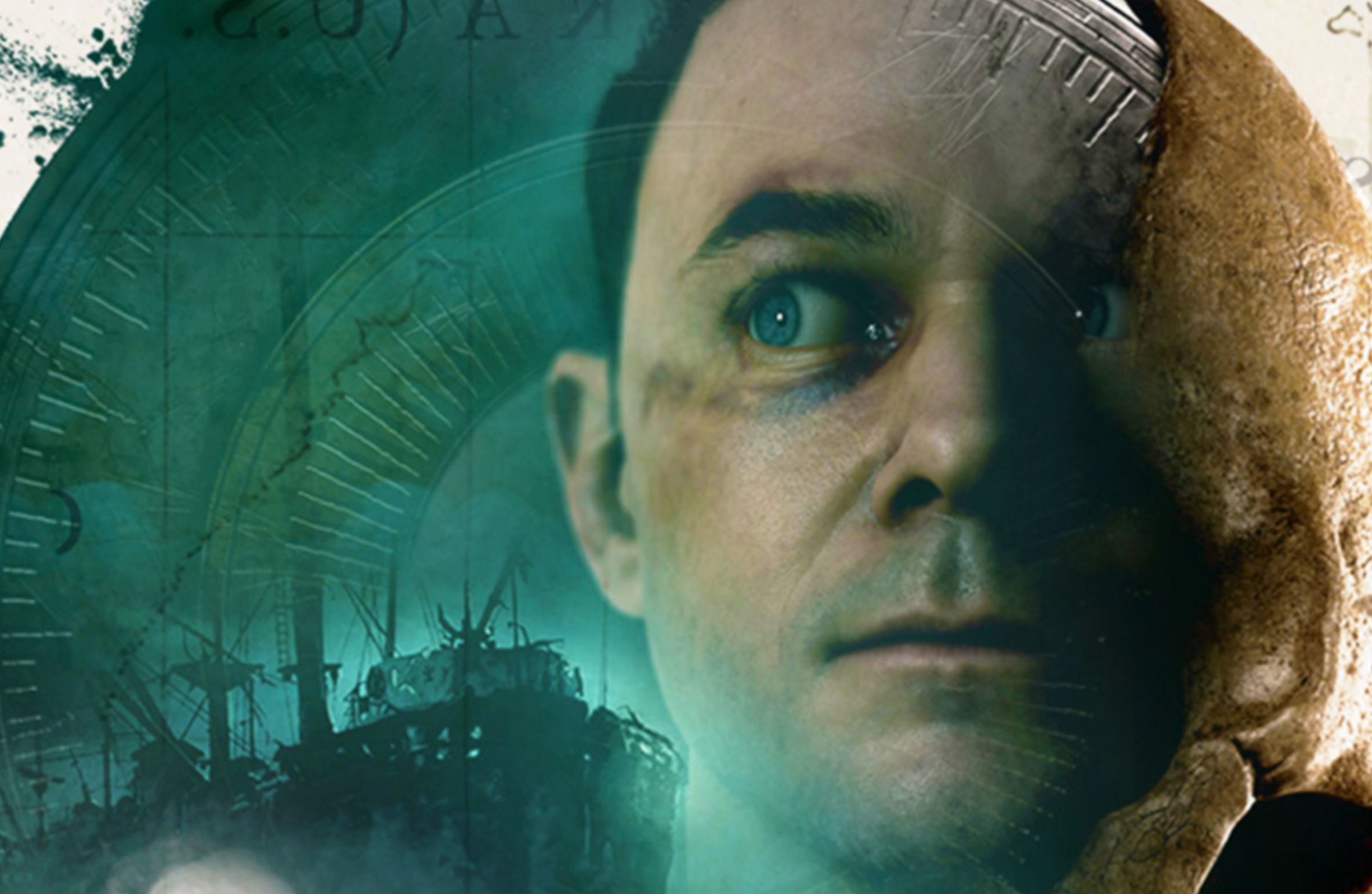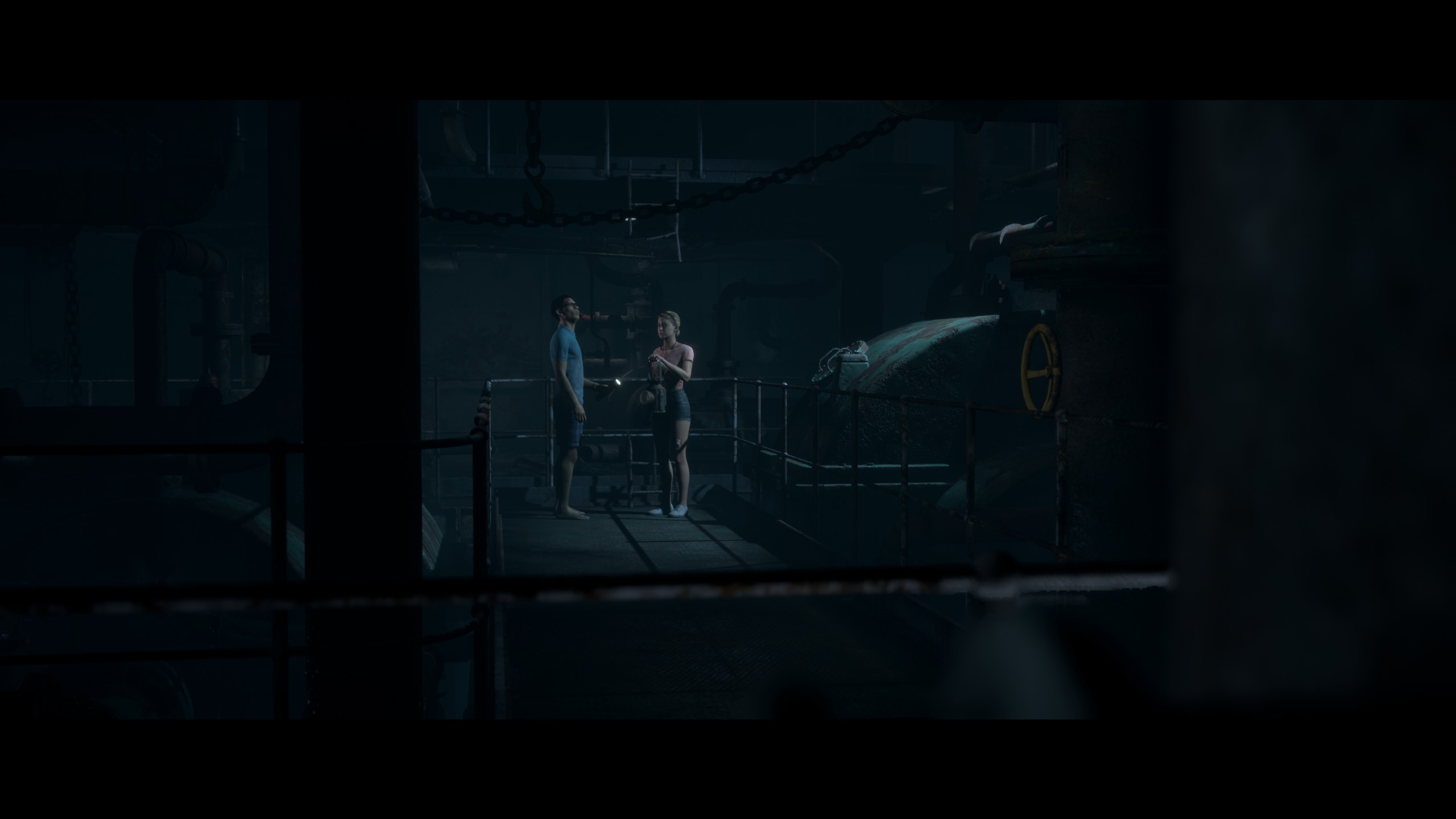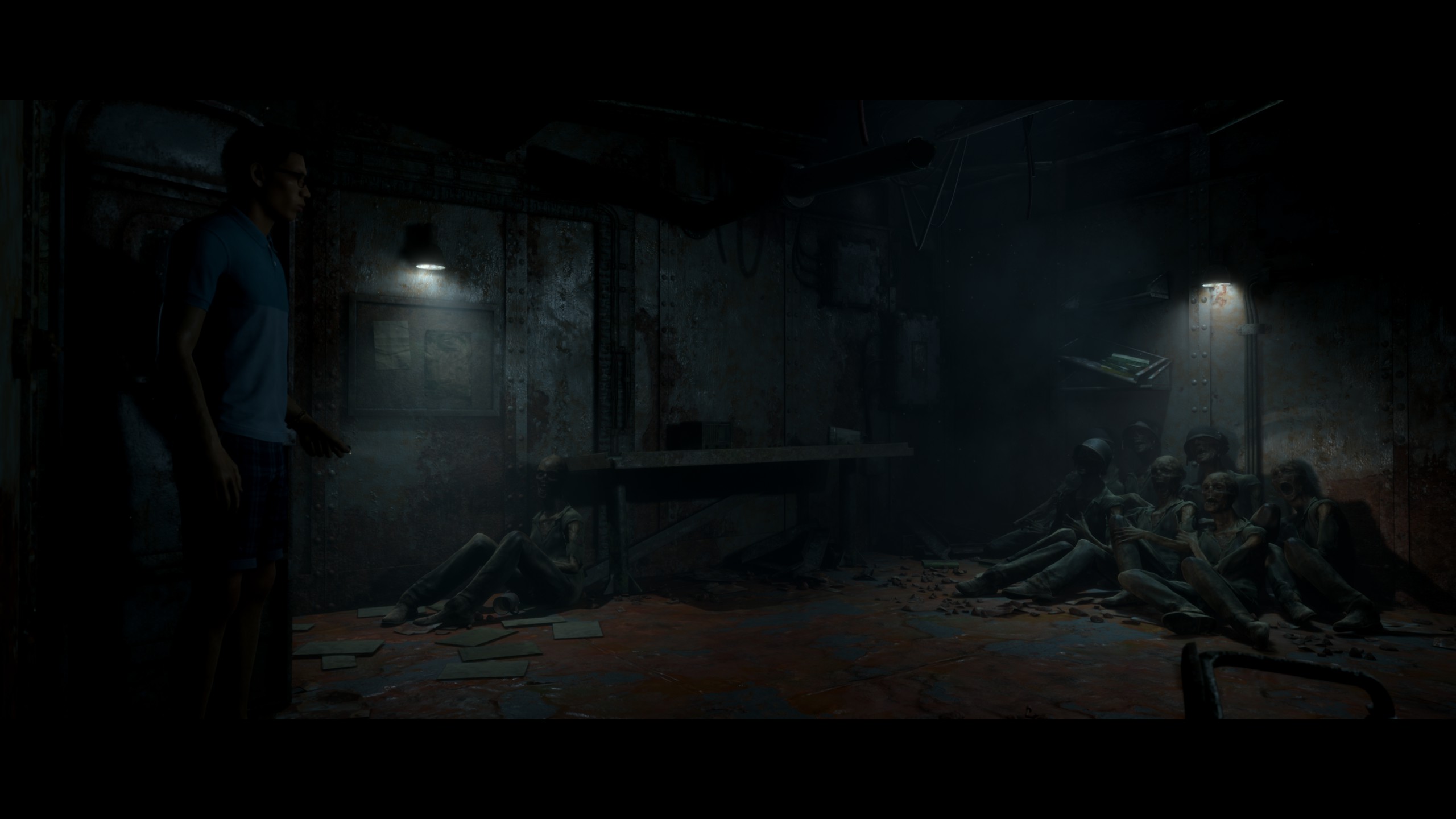I absolutely loved Until Dawn, Supermassive’s original foray into the realm of interactive, choice-driven narrative games. At the time, it was reminiscent of Quantic Dreams’ work on titles like Heavy Rain and Beyond: Two Souls, but with a distinctively unique horror-focused spin.
And it worked so well.
Man of Medan is the latest entry into the genre. It is the first part of an anthology of short-form choice-driven narrative games called The Dark Pictures Anthology. Inspired by the works of Hawthorne, Poe, and even Lovecraft, Supermassive is aiming to put a video game spin on the short story format by releasing multiple ~5-hour games that focus on different spooky tales, each of which has some grounded facts based in reality.
The big difference between Man of Medan and the written works that inspired it is the fact that the player has direct control over what happens next.
Choice-Driven Narrative
Man of Medan is a story about a small group of 20-somethings on a boat trip to explore the wreckage of an undocumented crashed WWII-era plane. As expected, things quickly go awry and you’re forced to fight for your life — as each of the game’s five characters — and try to get out alive.
From the opening moments of the prologue, Man of Medan is very clear about the type of game it is. Any time you’re given direct control of a character, it’s purely meant as a form of wandering exploration. Anything you can pick up, inspect, or interact with is highlighted by a faint twinkle when you get close enough, but all action scenes are handled by quick-time events or frantic, timed decisions and dialogue choices.
If you ever played Until Dawn, Detroit: Become Human, Heavy Rain, or any of Telltale’s adventure games, then you have a good idea of what to expect here. Every choice you make can have far-reaching consequences for the narrative as a whole and any of the five main characters are liable to get killed off in a huge variety of moments.
During my first playthrough, only one character died, and it was near the end. However, my gut tells me I came extremely close several other times. More so than most other games of its type, I’d argue Man of Medan is not only designed to be played repeatedly but it actually has more to offer than most on subsequent playthroughs.
In addition to the dozens of collectible treasures and hanging wall paintings that trigger premonitions, the narrative is full of branching points. Entire sections of the game can be erased if someone were to die early. Seemingly small choices like whether to run or hide or take diving gear with your or not could drastically alter events later on, too. You can also unlock “Special Features” which are like short documentaries and interviews with the cast to shed more light on the game’s creation.
Interrupting The Flow
My biggest gripe with Man of Medan is a two-fold issue centered on its pacing. For starters, I think things would have worked infinitely better if the game had simply removed all gameplay that wasn’t directly tied to decisions or quick-time events. The moments of exploration add little to the narrative that couldn’t be offered in dedicated cutscenes or by letting the player pick where to turn and explore prior to animations playing out.
It would sort of be like an FMV game, but animated the same as it is in the final product.
Controlling your character as they move around environments is a bit like driving a tank while drunk. The camera frequently changes angles like in old-school Resident Evil games, forcing you to change which way is up and which way is walk-directly-into-a-wall. Animations are extremely stiff as well, which is highlighted even more because character models are juxtaposed with their wonderfully detailed faces.
My other main gripe is that since the flow of the plot is heavily affected by your choices throughout the story, cutscenes are stitched together depending on the paths you take. The end result is that between scenes, you’ll often see frames skip or freeze for a fraction of a second, or character moods and vocal tones swing between extremes depending on which cues the scene is listening to most predominantly.
I had a character absolutely crying hysterically, completely inconsolable, and then immediately switch to speaking with a calm and collected voice for the conversation bit, and then return to sobbing before the next “gameplay” moment. Stuff like that absolutely wrecks the mood and flow of the story.
Co-Op Evolution
The main new feature that Man of Medan brings to the genre is the inclusion of cooperative multiplayer. Unfortunately, it’s split into two different modes that are definitely not created equally.
The first is dubbed “Movie Night” mode and is an offline, local co-op mode for up to five players. At the start of the game, each player chooses which characters they will control. Every player must pick at least one, and all characters must be accounted for, which is how it supports up to five total.
Then the game literally plays out exactly the same as it would if you were playing solo. However, each time the perspective of the controlled character changes, you pass the gamepad to whoever’s turn it is. That’s it.
You might as well just play solo and pass the controller when someone else wants a go, or crowdsource decisions in solo mode like people did with Until Dawn. The implementation here feels half-hearted. All you gain is a basic rating at the end for how you did.
But then there’s the “Shared Story” mode, which is restricted to two-player online co-op only. In this mode, two players simultaneously play together. Sometimes that means two characters exploring side-by-side, but other times it means two different sections of the game playing out at the same time.
Playing this mode with a friend is great and exciting, but playing with a stranger online is unnerving and exciting in a special kind of way since you never really know what they’re going to do next. It injects a truly unique sense human-driven chance into the game, and it’s a shame this mode isn’t available locally.
Pros:
- Mostly satisfying story full of twists and turns
- Huge variety of decision points with real consequences that dramatically alter the story
- Good core cast of characters that feel well-developed and strong
- Excellent visuals, especially for facial capture and environment designs
Cons:
- Some scenes are stitched together awkwardly and it ruins the flow
- Movie Night local co-op mode is mostly pointless and Shared Story is online-only
- Controls are frustrating when exploring scenes
Man of Medan is an extremely capable narrative adventure game that fans of the genre will have no problem enjoying. It successfully iterates on the formula established in Until Dawn by placing a similarly cliched cast of characters into increasingly dangerous and unfortunate circumstances, all while letting players pull the puppet strings on their collective fate.
While it lacks some of the consistency and powerful performances that helped Until Dawn soar, it does a great job of making horror a fun and shared experience.
[Note: A copy of Man of Medan was provided by Bandai Namco for the purpose of this review.]











Published: Aug 28, 2019 03:52 am